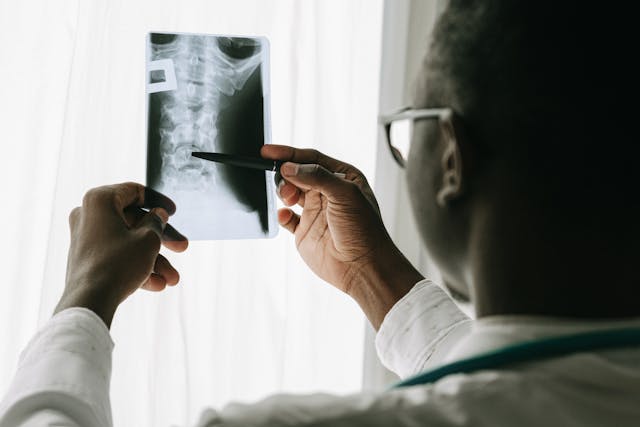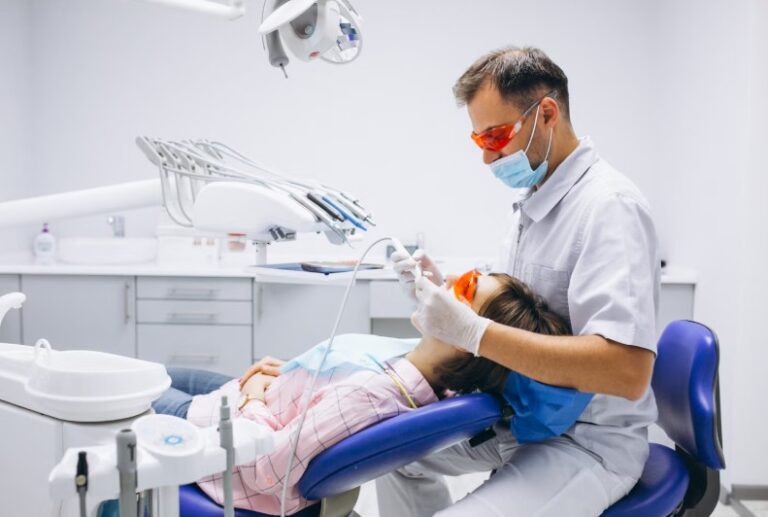
Herniated discs are a condition that many adults, athletes, and health-conscious individuals may encounter. Understanding what it is and identifying its symptoms can be helpful in addressing the situation appropriately. In the case that one herniates a disc, one ought to know the symptoms and options for treatment.
What is a Herniated Disc?
A herniated disc occurs when the gel-like center of a spinal disc pushes through its outer layer due to a tear or weakness. Spinal discs act like cushions between the vertebrae in the spine. A herniation is most commonly seen in the lower back but can also occur in the cervical spine (neck) or other areas.
What Are the Symptoms?
The symptoms can vary depending on the location of the herniation and the level of pressure it places on surrounding nerves. Common signs to look out for include the following:
- Localized Pain: Pain localized in the back or neck is often an early indicator of a herniated disc. This discomfort is typically centered around the area where the herniation has occurred.
- Numbness or Tingling: Nerve involvement may lead to sensations of numbness or tingling in one’s extremities. The exact area affected depends on the nerve that is compressed.
- Weakness in Muscles: Some people experience muscle weakness due to the impact a herniated disc has on nerve function. Tasks that once felt effortless, like gripping objects or walking, can become a challenge.
How to Treat the Condition
Addressing a herniated disc depends on the severity of symptoms and the impact it has on daily life. A range of treatments may help alleviate discomfort and support recovery. There is a wide variety of types of treatment depending on how severe the case is and based on the person’s needs.
Conservative Treatments
Conservative or non-surgical options are typically recommended as a first step. These methods often involve lifestyle adjustments, physical therapy, or medication:
- Rest and Activity Modification: Temporarily avoiding activities that exacerbate discomfort can prevent further strain on the affected area. This does not mean complete inactivity. Gentle movements are often encouraged to maintain flexibility and circulation.
- Physical Therapy: Many individuals find relief through targeted exercises focused on strengthening muscles around the spine and relieving pressure.
- Over-the-Counter Medications: Non-prescription medications like pain relievers or anti-inflammatory drugs may help manage discomfort. Always follow usage instructions and consult a healthcare provider if needed.
Advanced Options
If conservative methods do not produce the desired improvement, additional treatments may be explored:
- Epidural Steroid Injections: These injections aim to reduce inflammation around the affected nerves. These can potentially ease pain and improve mobility.
Also Read: How to Manage Back Pain During Winter Activities?
Seeking Medical Help
Herniated discs can range from mild discomfort to more serious challenges that interfere with quality of life. Exploring treatments or engaging in at-home management might provide relief for some, recognizing when to seek professional input is key. Consulting a healthcare provider allows for a comprehensive evaluation to determine the best course of action. Whether conservative treatment or advanced options are the best option can be decided then. With informed decision-making and proper guidance, many individuals find their path to comfort and renewed mobility.








